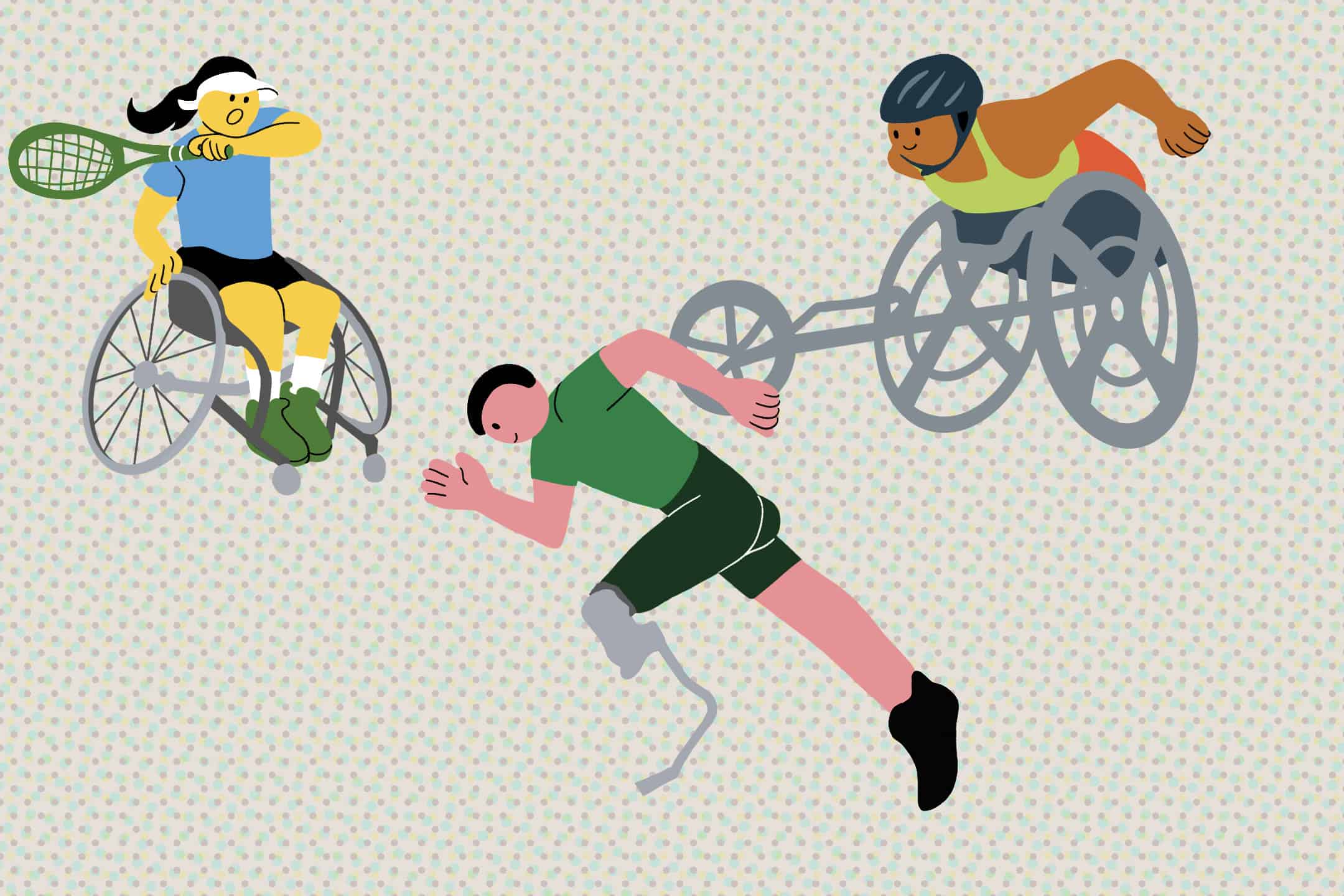While the 2024 Paris Olympics have come to a triumphant close, sports fans still have much to look forward to with the Paris 2024 Summer Paralympic Games running from August 28 to September 8. Paris will host 4,400 athletes from 182 delegations, including 126 Canadian athletes.
With 549 events spread over 22 Parasports, Canada will be looking to better their medal total of 21 — five gold, 10 silver, and six bronze — from the Tokyo 2020 Paralympics.
A brief history of the Paralympics
The Paralympic Games were officially established in 1960 exclusively for athletes in wheelchairs, but various competitions and clubs for athletes with impairments have existed in Canada and at U of T for decades.
Over time, more events have been added and the eligibility of athletes has expanded. For example, in the 1976 Toronto Paralympics, amputee athletes and athletes with a visual impairment competed for the first time. Today, para athletics are categorized into the following 10 eligible impairment types: impaired muscle power, impaired passive range of movement, limb deficiency, leg length difference, short stature, hypertonia, ataxia, athetosis, vision impairment, and intellectual impairment.
Depending on the event, athletes are further separated by “Sports Classes” within the impairment categories. Athlete grouping is determined by the “degree of activity limitation resulting from their impairments,” according to the Paralympics’ governing council — the International Paralympics Committee.
U of T also has some decorated Paralympians among its alumni. To this day, the Canadian record for most gold medals at a single Paralympics game is held by U of T alumna Stéphanie Dixon, who won a mind-boggling five gold medals at just 16 years old in the Sydney 2000 Paralympics.
The unique and exciting events of the Paralympics
Goalball is a mixed-gender sport exclusive to athletes with visual impairments, where two teams of three players try to bowl a ball with two bells inside into the opposing team’s net while the defending team uses their bodies to block it. Particularly impressive are the sprawling dives of defenders and the dynamic bowls that hit with lethal precision.
Boccia is also a mixed-gender sport, primarily played by athletes with cerebral palsy and other locomotive disabilities. Similar to lawn bowling, the aim of boccia is to propel leather balls as close as possible to a target known as the jack. Truly a game of centimetres, boccia athletes display impressive and complete control of the ball.
Another standout Paralympic event is the classic Para Athletics. The track events are particularly exciting: 20 general classes and seven wheelchair classes, and each event brings unique racing styles and strategy. Yet, no matter what class or impairment, one commonality is pure blistering speed. Canada has medalled at every track and field Paralympics since the Tel Aviv Paralympics in 1968, and looks to continue their strong results in Para Athletics.
Standout Canadian athletes to look out for
Paralympic wheelchair fencer Ruth Sylvie Morel, a living legend, will turn 68 during her fourth Paralympic appearance in Paris. She was the first Canadian wheelchair fencer to compete at a Paralympic Games, when competing in Sydney 2000. Morel looks to continue her 24-year Paralympic legacy with no signs of slowing down.
Para-rower Jacob Wassermann was paralyzed from the waist down in the tragic 2018 Humboldt Broncos junior ice hockey team’s bus crash, in which he lost 10 teammates and six staff members. While his ice hockey career came to an abrupt end, Wassermann started Para-rowing in late 2022 and is set to make waves at his debut in Paris.
With five gold, three silver, and two bronze medals since London 2012 in her cabinet, Paraswimmer Aurélie Rivard is already a Canadian legend. Rivard looks to continue her medal haul in Paris in her specialty of freestyle swimming.



No comments to display.